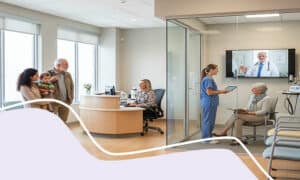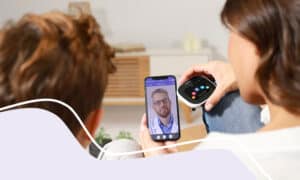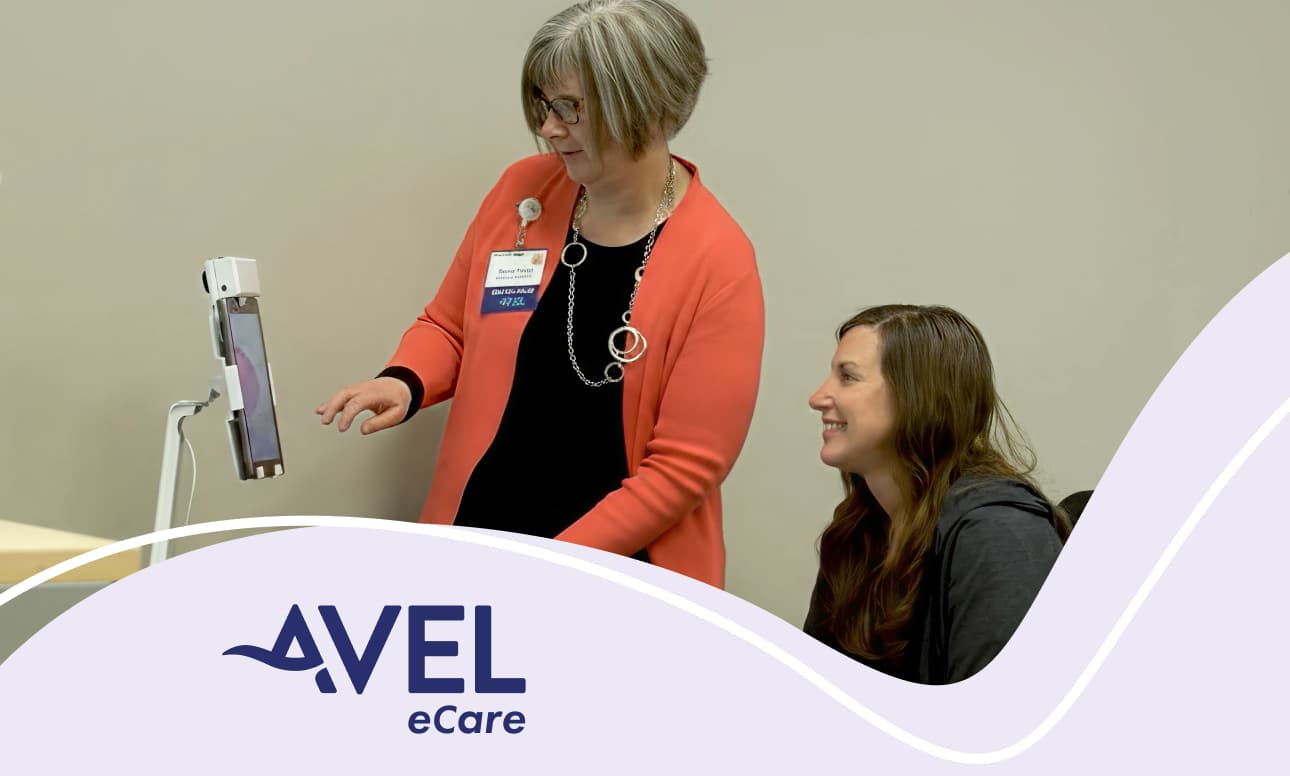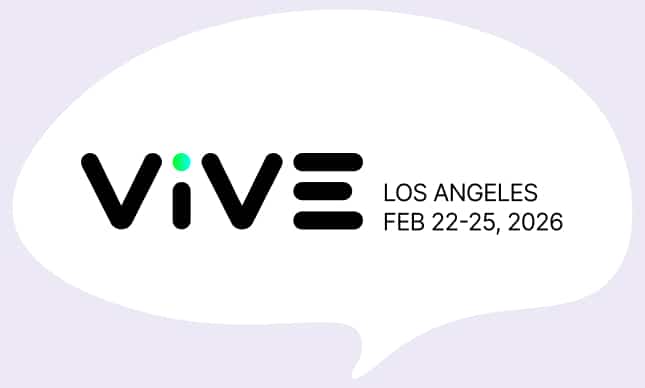Offline but Not Out of Reach: How the Pro Smart Clinic is Solving Connectivity Challenges

When Internet Becomes a Barrier to Care
For most of us, being offline is an inconvenience. But for many families, especially in rural and underserved areas, it’s a way of life. No internet at home means no video visits, no digital check-ins, and no easy way to see a provider.
This digital divide has created a quiet but persistent barrier in healthcare. Even as virtual care grows, too many people remain out of reach.
A Practical Solution: Care That Works Even Without Wi-Fi
The Pro Smart Clinic was designed with this challenge in mind. It allows exams to be performed offline and securely stored on the device. When internet is later available at a clinic, the exams upload automatically for a doctor to review.
It’s a simple adjustment with a big impact: care doesn’t have to wait for connectivity.
Meeting Patients Where They Are
Communities across the U.S. are already showing how offline telehealth can work in practice.
- In Idaho, St. Luke’s Health System has placed Pro Smart Clinics in public libraries. Librarians, trained as local “guides,” help residents connect to care. For families without reliable home internet, the library becomes more than a place to check out books, it’s a place to see a provider.
- In Hawai‘i, Waianae Coast Comprehensive Health Center has introduced kiosks in grocery stores and other public spaces. For patients who can’t afford internet or who live in areas where there’s no coverage at all, these kiosks provide a way to complete an exam and get connected to a doctor later.
Both programs reflect the same idea: care should meet people where they are, not the other way around.
Stories from the Field
On Oahu’s west side, many families live below the poverty line. Chrissy Kuahine, Director of Tech Equity at Waianae Coast Comprehensive Health Center, explained that in her community, affordability and geography often make internet access out of reach. By placing kiosks in everyday locations like grocery stores, the center has made it possible for patients to access exams while running errands, something that might otherwise require a long trip or simply never happen.
In rural Idaho, Abby Losinski, Director of Telehealth at St. Luke’s Health System, has seen how trusted local spaces like libraries can serve as healthcare hubs. By partnering with librarians and training them on how to support patients, St. Luke’s ensures that virtual care feels approachable and accessible even for those who may be hesitant to try it at home.
Both Chrissy and Abby shared their stories on Access Amplified.
Why Offline Options Matter
For communities facing connectivity challenges, offline exam options are more than a technical upgrade; they’re a matter of equity.
They make it possible to:
- Reach rural areas where broadband is unavailable.
- Support families without home internet who might otherwise delay care.
- Use trusted public spaces, such as libraries, clinics, and grocery stores, as access points.
It’s not about replacing traditional care. It’s about making sure healthcare doesn’t leave people behind.
Frequently Asked Questions
Q: Can a telehealth exam really happen without internet?
Yes. Exams are performed offline and stored securely. Once internet is available again, the exam data uploads automatically for a provider to review.
Q: Where can patients go if they don’t have internet at home?
Many health systems and community health centers are placing Pro Smart Clinics in public spaces like libraries, schools, and grocery stores.
Q: How does this help underserved communities?
By providing offline and community-based access points, patients can receive timely care without the need for at-home internet, reducing unnecessary emergency visits and missed appointments.
Building a More Inclusive Future
Virtual care has the potential to connect more people to providers than ever before. But only if it works for everyone, including those without internet at home.
By supporting offline exams and partnering with community spaces, health systems are showing that care doesn’t stop at the edge of connectivity. It continues, wherever people are.
The Pro Smart Clinic is one way to make that possible. It’s not about flashy technology. It’s about something much simpler: ensuring no one is offline when it comes to their health.





